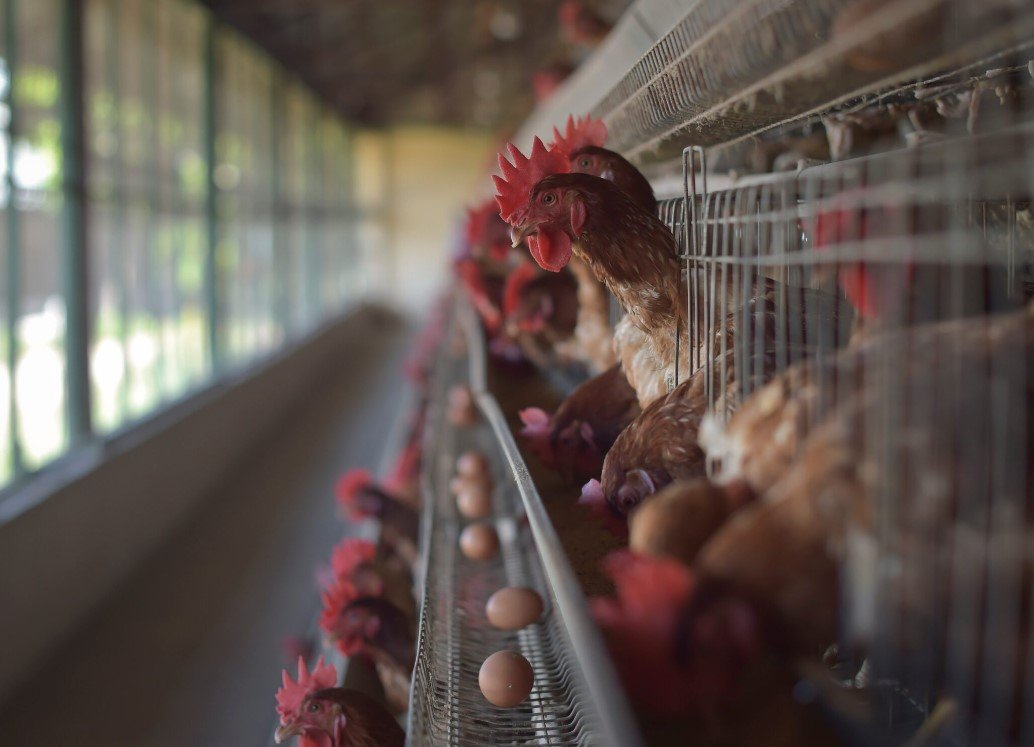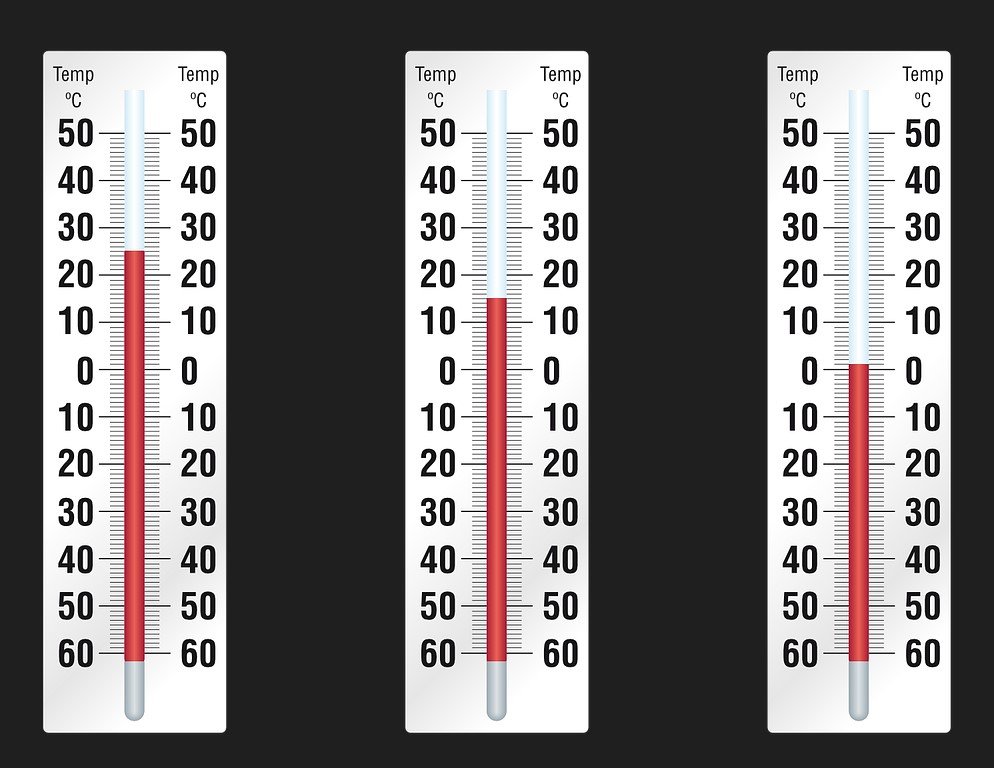The global packaged food market is expected to reach $4,581.6 billion by 2032, growing at a compound annual growth rate (CAGR) of 7% from 2020 to 2032, according to a report by Precedence Research. The report attributes the growth of the market to various factors, such as:
- The rising demand for convenience and ready-to-eat food products, especially among the urban and working population, who have busy lifestyles and limited time for cooking.
- The increasing awareness and preference for healthy and nutritious food products, especially among the health-conscious and fitness-oriented consumers, who seek food products that are low in fat, sugar, salt, and calories, and high in protein, fiber, vitamins, and minerals.
- The growing innovation and diversification of food products, especially in terms of flavor, texture, packaging, and shelf life, which cater to the changing tastes and preferences of the consumers, and offer them a variety of options and experiences.
- The expanding distribution and retail channels, especially online and e-commerce platforms, which provide easy access and availability of food products to the consumers, and offer them convenience, affordability, and customization.

The Regional Analysis of the Packaged Food Market
The report also analyzes the packaged food market by region, and identifies the key markets and trends in each region. The report segments the market into North America, Europe, Asia Pacific, Latin America, and Middle East and Africa, and provides the market size, share, and growth rate for each region. The report also provides the market drivers, challenges, and opportunities for each region.
According to the report, the key findings of the regional analysis are:
- North America is the largest and most mature market for packaged food, accounting for more than 30% of the global market share in 2020. The market is driven by the high consumption of convenience and ready-to-eat food products, the high disposable income and spending power of the consumers, and the presence of leading food manufacturers and retailers in the region.
- Europe is the second-largest market for packaged food, accounting for more than 25% of the global market share in 2020. The market is driven by the high demand for healthy and nutritious food products, the strong regulatory framework and quality standards for food safety and hygiene, and the cultural diversity and culinary heritage of the region.
- Asia Pacific is the fastest-growing market for packaged food, growing at a CAGR of 9.5% from 2020 to 2032. The market is driven by the rapid urbanization and industrialization, the rising population and income levels, the changing lifestyle and food habits, and the growing penetration and adoption of e-commerce and online platforms in the region.
- Latin America and Middle East and Africa are the emerging markets for packaged food, growing at a CAGR of 8.2% and 7.8% respectively from 2020 to 2032. The markets are driven by the increasing disposable income and purchasing power of the consumers, the growing awareness and preference for packaged and processed food products, and the improving infrastructure and distribution networks in the regions.
The Competitive Landscape of the Packaged Food Market
The report also provides the competitive landscape of the packaged food market, and identifies the key players and their strategies in the market. The report profiles the leading food manufacturers and retailers, and provides their market share, revenue, product portfolio, and recent developments. The report also provides the market opportunities and challenges for the new entrants and existing players in the market.
According to the report, the key players in the packaged food market are:
- Nestlé S.A.
- PepsiCo, Inc.
- The Kraft Heinz Company
- General Mills, Inc.
- Kellogg Company
- Mondelez International, Inc.
- The Coca-Cola Company
- Unilever PLC
- Danone S.A.
- Conagra Brands, Inc.
The report concludes that the packaged food market is a dynamic and lucrative market, which offers significant growth potential and opportunities for the food manufacturers and retailers, as well as the consumers. The report also suggests that the market players should focus on innovation, differentiation, and diversification of their products, as well as expansion, collaboration, and acquisition of their markets, to gain a competitive edge and increase their market share in the global packaged food market.
















